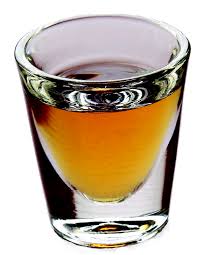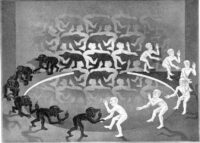 Alcohol causes more deaths than those caused by painkillers and heroin, combined. The Center’s for Disease Control reports that in 2014, 30,722 people died due to alcohol poisoning and cirrhosis of the liver, as compared with 28,647 deaths due to overdoses from opiates. If drunk driving, accidents and homicides due to alcohol are added, the death toll is closer to 90,000.
Alcohol causes more deaths than those caused by painkillers and heroin, combined. The Center’s for Disease Control reports that in 2014, 30,722 people died due to alcohol poisoning and cirrhosis of the liver, as compared with 28,647 deaths due to overdoses from opiates. If drunk driving, accidents and homicides due to alcohol are added, the death toll is closer to 90,000.
Why is it, then, that alcohol gets the glamor and opiates the finger? Last year, $2 billion was spent in America alone by the alcohol industry – wine, beer and booze – combined. Much of this is spent on “image” advertising, in part because the sight of anyone actually drinking alcohol is prohibited in TV ads. Featured instead is “The most interesting man in the world”, surrounded by beautiful women as he lifts his glass in salutation; or, quick-cut ads of parties, hipsters, slick chicks, hot cars and bubbling beer or Champagne; or mini-documentaries about brew-masters and their deep commitment to quality. It’s all bunk, of course, because the reason people drink is to get high.
The social aspect of drinking is the driver of its marketing; you never see ads glorifying the lonely, solitary drinker, brooding in a dark room over a miserable life. Poet Charles Bukowski, a self-confessed drunk, wrote volumes of material documenting his bleary-eyed “life in a bottle” but he’ll never be featured in an ad for Bud Light. And so it goes for the legions of drunk writers and poets pounding away at 2 a.m. behind a bottle of scotch.
The absence of the social aspect, conversely, is in part why opiates get such a bad rap. Alcohol is a social lubricant while opiates are for loners. Alcohol, a reliable stimulant before its sedative effects take hold, fuels talk and laughter; opiates, a reliable sedative with shades of euphoria sends people inwards, not outwards. The social effects of opiates is a hushed room full of nodding dreamers, like the rows of dreaming opium smokers lying peacefully in wooden bunks. No quick-cut ads for that marketing campaign.
The prospect of legalized pot opens up an interesting inquiry. There’s no doubt corporate America is well into its planning phase for commercial marijuana, but smoking pot is not like drinking booze. Notably, both alcohol and opiates are physically addicting, which pot is not. For pot, this is a distinct economic disadvantage. Accordingly, marketing pot will require aggressive image-making, but of what type? Setting aside the “medical benefits” message, will pot be positioned as a party drug and the key to a successful social life? At issue here is aesthetics, namely the sensory mix so easily adapted to alcohol marketing.
The aesthetics of alcohol include sight, sound, taste, color, smell, temperature, place of origin, and the ways it can be combined with other items of consumption. This unquestionably adds glamor to the marketing mix; “Booze Traveler” on the Travel Channel is predicated on all this. Opiates will never provide such a panoply of sensory pleasures.
Pot, on the other hand, has the reputation of being an aphrodisiac, an appetite stimulant, and a sensory enhancer, all made to order for image marketing. Will we hear about taste overtones of “pineapple with a pleasing hint of turpines”? Will pre-rolled joints come packaged under the label “Sweet Dreams” or “Wishes”? And the candies…just imagine the possibilities!
One thing we won’t see: stats on deaths due to pot overdoses. I’ll drink to that.





I believe more people die from guns than alcohol or drug over doses.